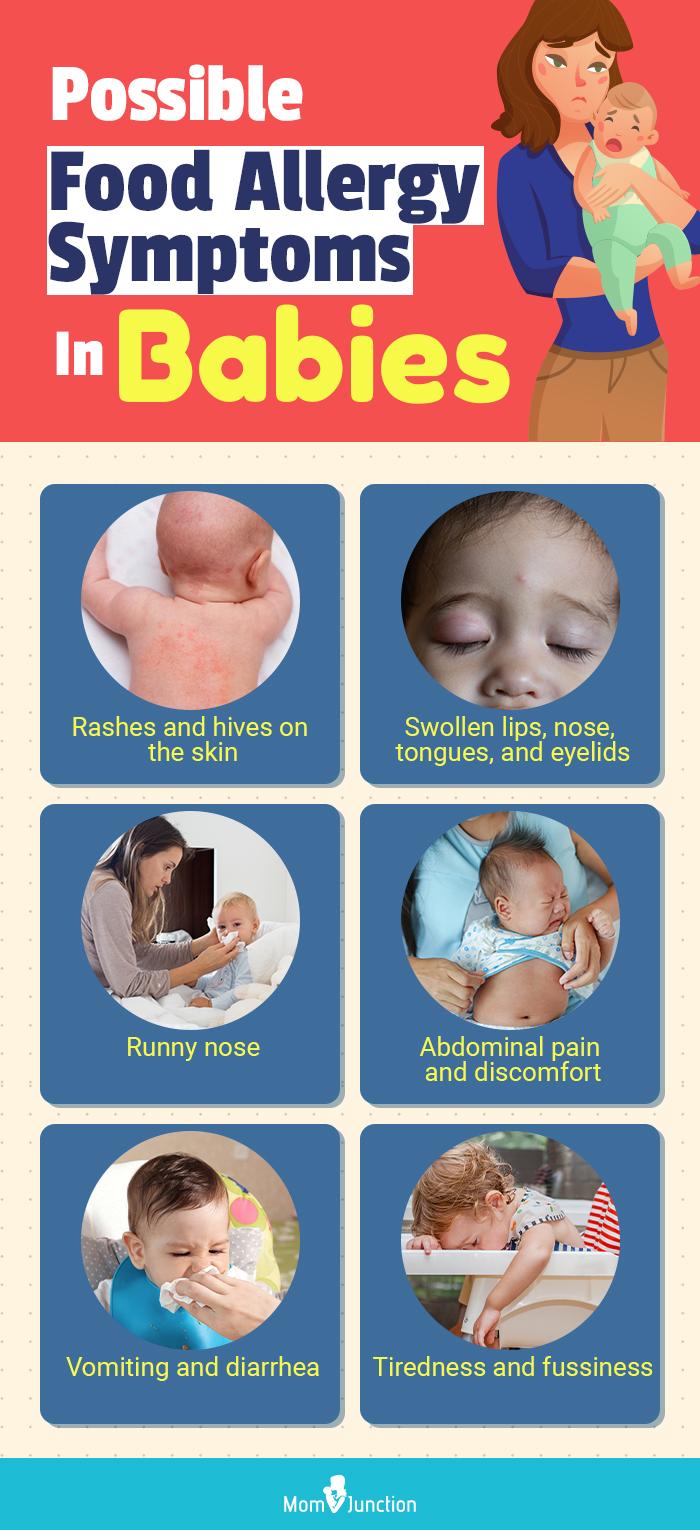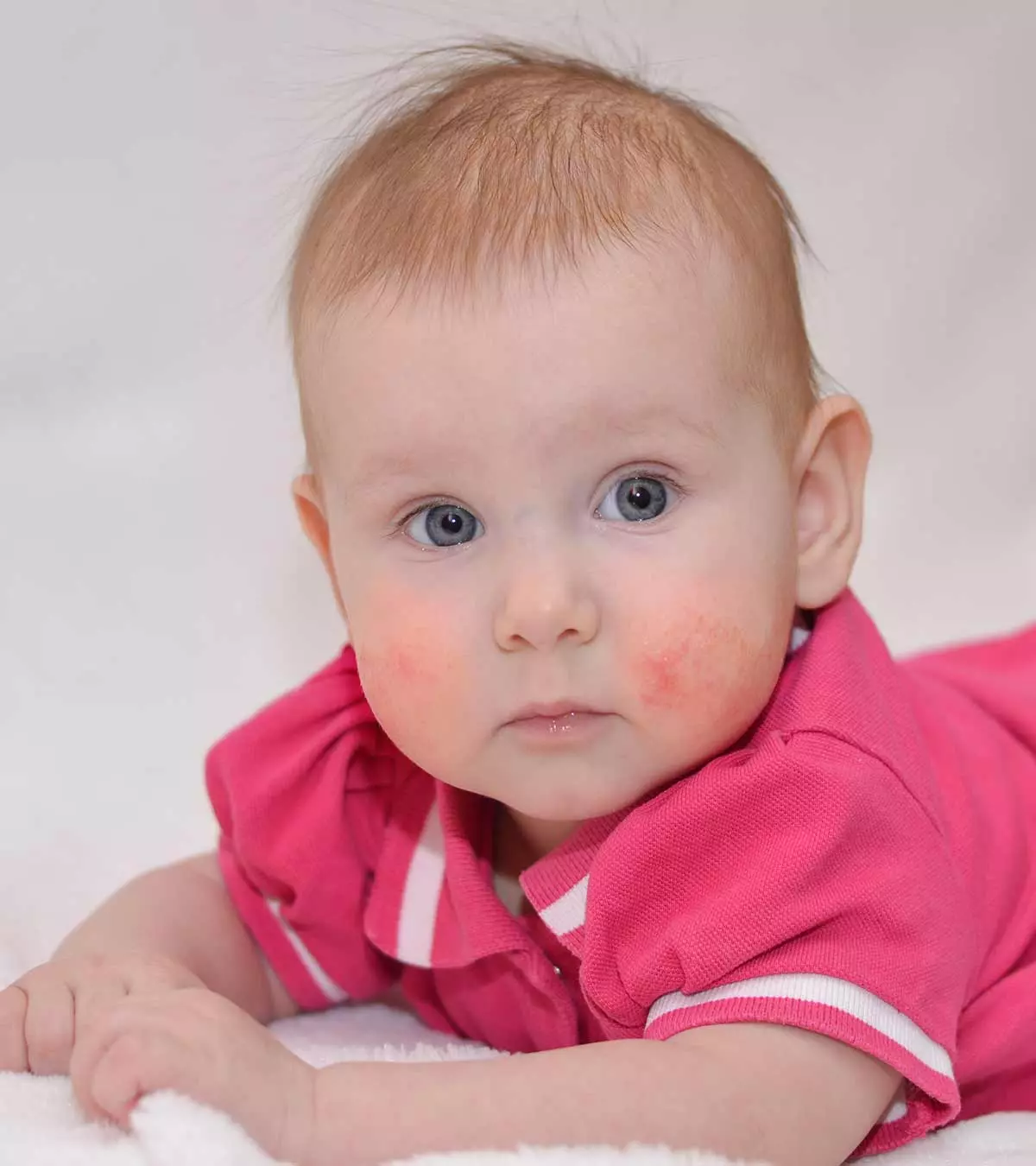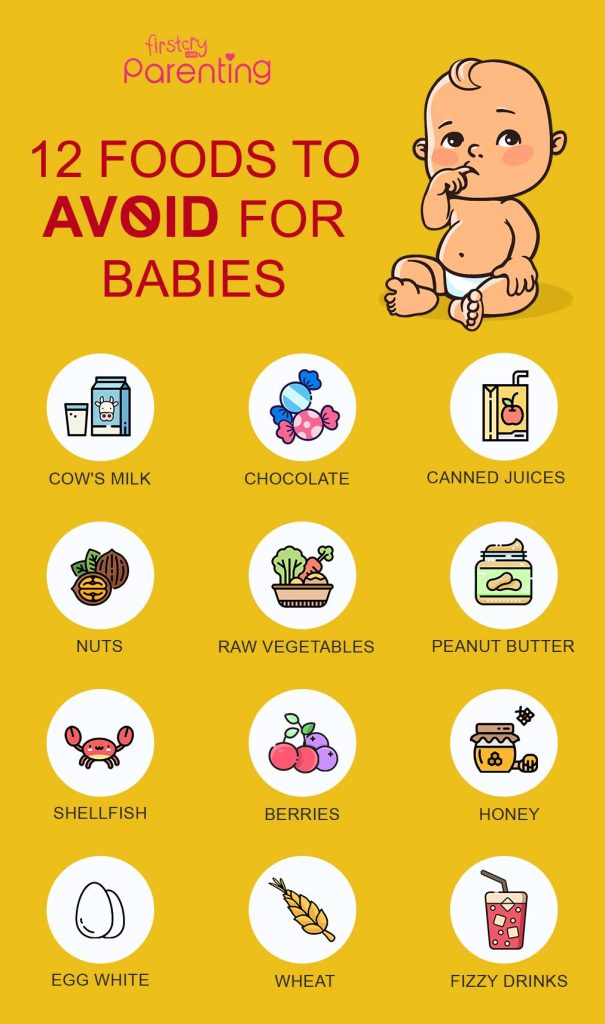To manage baby food allergies, identify the allergens and eliminate them from the diet. Consult a pediatrician for guidance.
Baby food allergies can be challenging for parents. Identifying the allergen is crucial. Symptoms may include hives, vomiting, or difficulty breathing. Introduce new foods one at a time and monitor reactions. Always read food labels carefully. Consult a pediatrician to confirm allergies and get a proper diagnosis.
They might recommend an allergy test. Keep an epinephrine auto-injector handy for severe reactions. Educate caregivers about the allergy. Plan meals and snacks that avoid known allergens. Regular check-ups will help track progress. Managing baby food allergies requires vigilance and proactive care.

Credit: megangarcia.com
Identifying Food Allergies
Identifying food allergies in babies can be challenging yet crucial. Recognizing the symptoms early helps prevent severe reactions. This section focuses on the signs and steps to identify baby food allergies.
Common Symptoms
Babies can show various symptoms if they have food allergies. It’s important to watch for these signs:
- Skin reactions: Red rashes, hives, or eczema.
- Gastrointestinal issues: Vomiting, diarrhea, or stomach pain.
- Respiratory problems: Wheezing, coughing, or a runny nose.
- Swelling: Lips, face, or tongue swelling.
- Behavioral changes: Increased fussiness or irritability.
When To Consult A Doctor
Consult a doctor if you notice any of the above symptoms. Some situations require immediate medical attention:
- Severe swelling, especially of the face or throat.
- Difficulty in breathing or wheezing.
- Persistent vomiting or diarrhea.
- Signs of anaphylaxis, which include multiple symptoms at once.
The doctor might recommend tests to confirm the allergy. Keeping a food diary helps track what your baby eats and the reactions. Early identification and management ensure your baby’s health and safety.
Common Allergenic Foods
Understanding common allergenic foods is crucial for managing baby food allergies. Introducing these foods with caution can prevent allergic reactions. This section will explore the top allergens and the foods you should introduce carefully.
Top Allergens
Some foods are more likely to cause allergies in babies. Here is a list of the most common allergens:
| Food | Details |
|---|---|
| Milk | Dairy products like cheese, yogurt, and butter. |
| Eggs | Especially the egg whites. |
| Peanuts | Includes peanut butter and peanut oil. |
| Tree Nuts | Almonds, walnuts, cashews, and others. |
| Wheat | Found in bread, cereals, and pasta. |
| Soy | Soy milk, tofu, and soy sauce. |
| Fish | Salmon, tuna, and other fish. |
| Shellfish | Shrimp, crab, and lobster. |
Foods To Introduce Carefully
It’s important to introduce allergenic foods carefully. Follow these steps:
- Introduce one food at a time.
- Wait three to five days before adding another new food.
- Watch for signs of allergic reactions, like rash or swelling.
- Keep a food diary to track what your baby eats.
Here are some tips for introducing specific foods:
- Milk: Start with small amounts of yogurt or cheese.
- Eggs: Introduce cooked egg yolks first.
- Peanuts: Offer a thin layer of peanut butter on a cracker.
- Tree Nuts: Use nut butters or finely ground nuts.
- Wheat: Begin with a small piece of bread or cereal.
- Soy: Try tofu or soy yogurt in small amounts.
- Fish: Offer well-cooked, deboned fish.
- Shellfish: Start with a small piece of shrimp or crab.
By following these guidelines, you can help manage baby food allergies effectively.
Introducing New Foods
Introducing new foods to your baby can be an exciting journey. This phase helps your baby explore different tastes and textures. However, it is crucial to manage this process carefully, especially if your baby has food allergies. Following safe practices and recognizing allergic reactions is essential for your baby’s well-being.
Safe Practices
When introducing new foods, follow these safe practices:
- Introduce one new food at a time. This helps identify any allergic reactions.
- Wait 3-5 days before introducing another new food.
- Start with small amounts and gradually increase the quantity.
- Keep a food diary to track the foods your baby eats and any reactions.
Safe foods to start with include:
| Food | Allergy Risk |
|---|---|
| Rice cereal | Low |
| Pureed fruits | Low |
| Pureed vegetables | Low |
Signs Of Allergic Reactions
It is important to recognize signs of allergic reactions early. Common signs include:
- Rashes or hives
- Swelling of the face, lips, or tongue
- Vomiting or diarrhea
- Difficulty breathing
If you notice any of these signs, stop feeding the new food immediately. Contact your pediatrician for further guidance. Early intervention can prevent severe reactions and ensure your baby’s safety.
Managing Allergic Reactions
Managing baby food allergies requires careful attention to food labels. Parents need to understand what ingredients are safe and which ones to avoid. This knowledge helps in preventing allergic reactions.
Key Ingredients To Avoid
Key ingredients can trigger allergic reactions in babies. These include:
- Milk
- Eggs
- Peanuts
- Tree nuts
- Wheat
- Soy
- Fish
- Shellfish
Always check the ingredient list for these common allergens. Manufacturers often list these allergens in bold for easy identification.
Hidden Allergens
Hidden allergens can be tricky to spot. They might be in foods under different names. For example:
- Casein (a milk protein)
- Albumin (an egg protein)
- Hydrolyzed vegetable protein (may contain soy)
Some foods may contain traces of allergens due to shared production lines. Look for statements like “may contain” or “processed in a facility that also processes” on labels.
| Allergen | Possible Hidden Names |
|---|---|
| Milk | Casein, Whey, Lactose |
| Eggs | Albumin, Globulin, Lecithin |
| Soy | Hydrolyzed vegetable protein, Soy lecithin, Tempeh |
Reading food labels carefully helps parents manage their baby’s food allergies effectively. It reduces the risk of exposure to harmful allergens and keeps babies safe.
Reading Food Labels
Managing baby food allergies can be challenging. Proper meal planning helps ensure your baby gets all necessary nutrients. Here are some tips on creating a balanced diet and finding allergy-free recipes.
Creating A Balanced Diet
A balanced diet is crucial for your baby’s growth and development. Focus on including a variety of foods that are safe for your baby.
- Proteins: Choose safe options like lentils, chicken, or tofu.
- Carbohydrates: Use rice, quinoa, or sweet potatoes.
- Fruits and Vegetables: Select allergy-free fruits and vegetables.
Monitor your baby’s reaction to new foods. Introduce one new food at a time. Keep a food diary to track any allergic reactions.
Allergy-free Recipes
Finding allergy-free recipes can be challenging, but it’s possible. Here are some examples of simple, nutritious meals:
| Meal | Ingredients | Preparation |
|---|---|---|
| Chicken and Rice | Chicken breast, rice, carrots | Boil chicken and rice. Mix in cooked carrots. |
| Quinoa Veggie Bowl | Quinoa, broccoli, sweet potato | Cook quinoa. Steam broccoli and sweet potato. Mix together. |
| Fruit Puree | Apples, bananas, water | Blend fruits with water until smooth. |
These meals are simple and nutritious. They ensure your baby gets the nutrients needed for growth.

Credit: www.momjunction.com
Meal Planning
Managing baby food allergies requires clear communication with caregivers. This ensures your baby stays safe and healthy. Properly sharing allergy information and having emergency plans in place is crucial.
Sharing Allergy Information
Provide a detailed list of your baby’s allergies. Include specific foods and ingredients to avoid.
- Allergy List: Create a list of known allergens.
- Symptoms: Describe common symptoms your baby experiences.
- Safe Foods: List foods that are safe for your baby.
Share this information in a clear and concise manner. This helps caregivers understand the importance of avoiding certain foods.
| Allergy | Symptoms | Safe Alternatives |
|---|---|---|
| Peanuts | Swelling, hives, difficulty breathing | Sunflower butter, pumpkin seeds |
| Dairy | Rash, stomach pain, vomiting | Almond milk, coconut yogurt |
Emergency Plans
Have a clear emergency plan in place. Inform caregivers of the steps to take during an allergic reaction.
- Identify Symptoms: Recognize signs of an allergic reaction.
- Administer Medication: Provide instructions on using an EpiPen or other medications.
- Seek Help: Call emergency services if symptoms are severe.
Keep emergency contact numbers accessible. Ensure caregivers know who to call in an emergency.
Regularly review these plans with caregivers. This ensures everyone is prepared and confident in handling an allergic reaction.
Communicating With Caregivers
Managing baby food allergies can be challenging. Parents need support and resources to navigate this journey successfully. This section delves into how you can find the help you need.
Online Communities
Online communities offer a wealth of information. They are filled with parents facing similar challenges. These communities provide emotional support and practical advice.
Here are some popular online communities:
- BabyCenter – A large community with specific allergy forums.
- Peanut Allergy – Focuses on peanut allergies but offers advice for other allergies too.
- Kids With Food Allergies – A platform with forums and resources.
Joining these communities can make you feel less alone. You can share experiences and learn from others.
Professional Guidance
Professional guidance is crucial for managing baby food allergies. Consulting with a pediatric allergist is a good start. They can provide a detailed diagnosis.
Here are some steps to find professional help:
- Get a referral from your pediatrician.
- Search for allergists in your area.
- Check reviews and credentials.
Professionals can offer personalized advice. They can also help you develop a food allergy action plan.
Consider joining support groups led by healthcare professionals. These groups offer structured guidance and expert advice.

Credit: www.momjunction.com
Frequently Asked Questions
How To Reduce Food Allergies In Babies?
Introduce solid foods gradually after 6 months. Include allergenic foods like peanuts, eggs, and dairy early. Breastfeed if possible. Consult your pediatrician for guidance.
How Long Does It Take For Baby Food Allergy To Go Away?
Baby food allergy symptoms can take a few days to a few weeks to resolve. Consult a pediatrician.
What Foods Are Babies Most Allergic To?
Babies are most allergic to milk, eggs, peanuts, tree nuts, soy, wheat, fish, and shellfish. Always introduce new foods gradually.
How Do I Prepare My Baby For Food Allergies?
Introduce new foods one at a time. Watch for reactions. Start with small portions. Consult your pediatrician. Keep emergency medications handy.
Conclusion
Managing baby food allergies requires careful attention and proactive measures. Always consult with a pediatrician for personalized advice. Keep a food diary to track potential allergens. Introduce new foods slowly and observe any reactions. With informed choices and vigilance, you can ensure your baby’s health and well-being.


